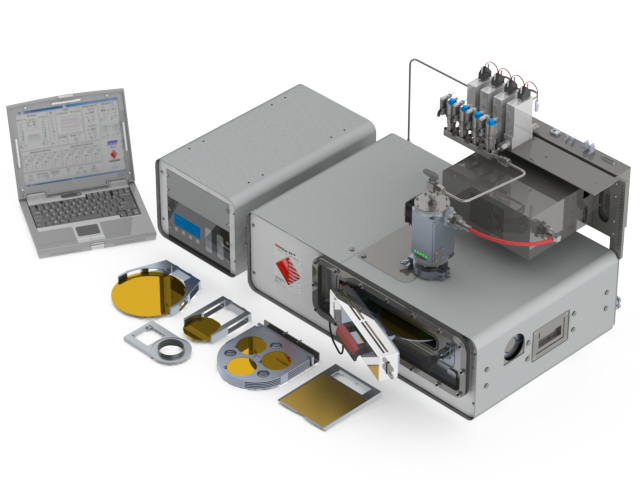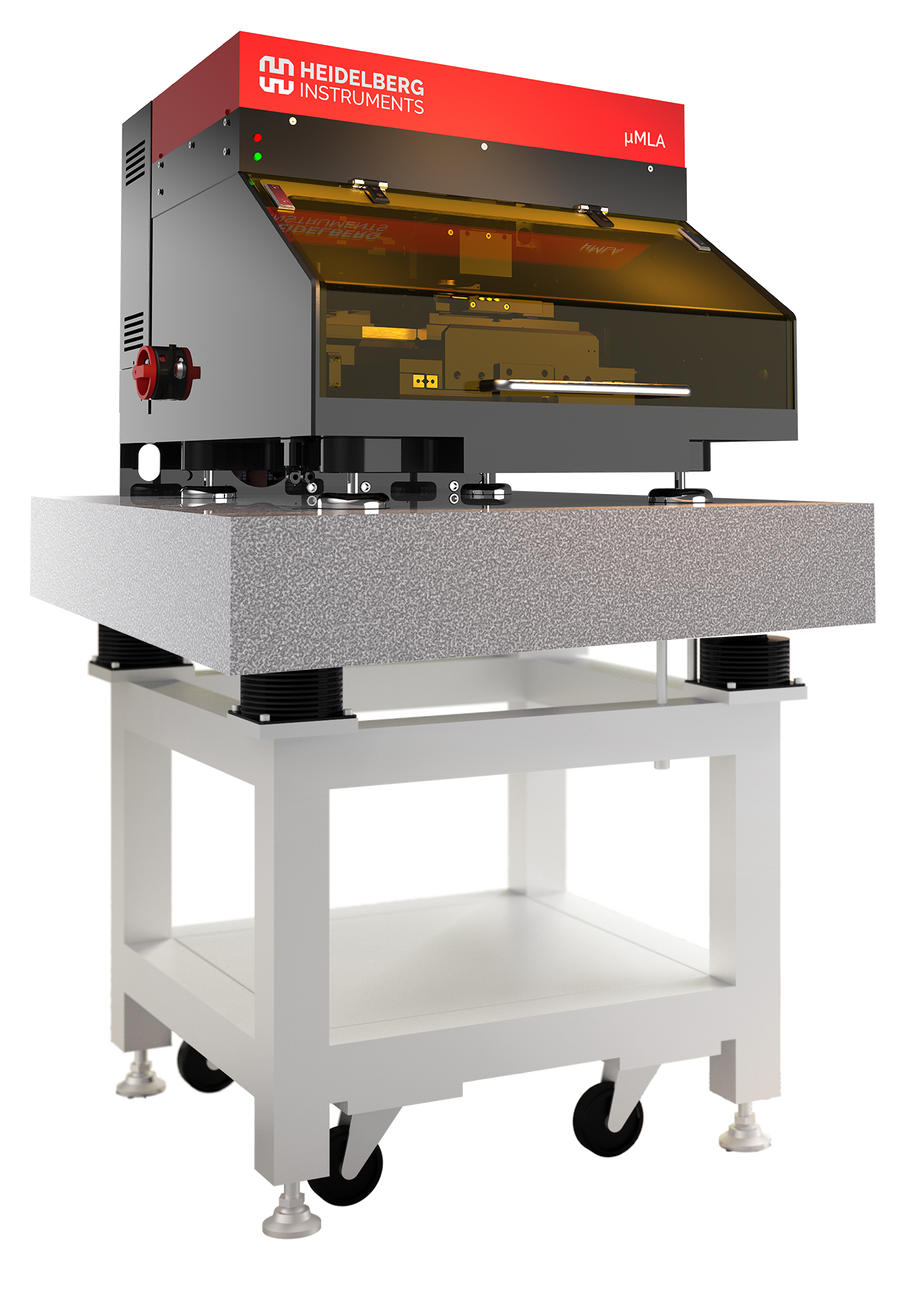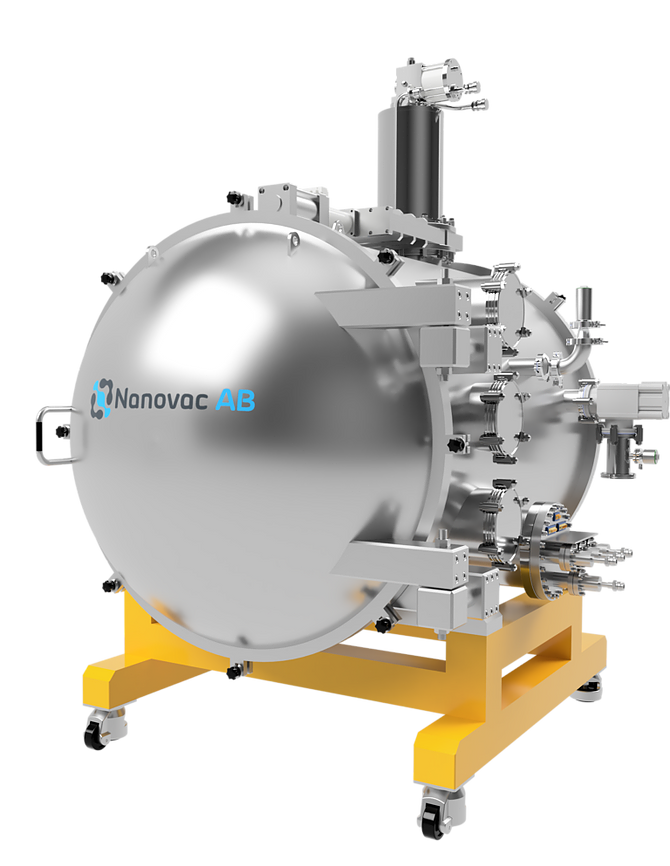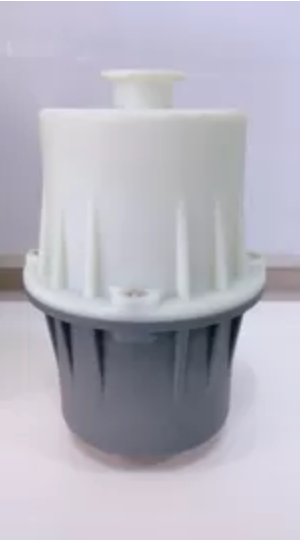Intertronics announces small handheld plasma treatment device for plastic surfaces
The medical device, Piezobrush PZ3, which has been launched by adhesives specialist, Intertronics, uses cold atmospheric pressure plasma for the surface treatment of plastics.
The Piezobrush PZ3 from Relyon Plasma is suitable for use in manual or semi-automated production, new product development, and in research and development settings such as a laboratories. The device has a maximum power consumption of 18W, and its specialist Piezoelectric Direct Discharge (PDD) technology is used to generate cold active plasma at a temperature of less than 50°C. It is suitable for a large range of applications due to the minimal temperature impact on substrates during surface treatment. As a result, the device can be used on both thermally and sensitive materials. No external gas supply is required for the device to work.
The plasma treatment activates, functionalises, and cleans surfaces, which can result in an improvement in the quality of subsequent processes such as bonding, printing, varnishing or coating. Benefits also include, improved workflow, removal of wet chemicals from production, faster processes and overall quality.
As prior to bonding, treated surfaces are functionalised by the plasma, this can replace chemical pre-treatments and primers. Cold plasma is also used for fine cleaning by oxidising thin layers of organic contaminants.
Ben Swanson, sales manager at Intertronics, commented: “We had great success with the forerunner to the Piezobrush PZ3, the piezobrush PZ2. The new model has an increased maximum power and allows a treatment speed of 5 cm²/s and a treatment width of up to 29 mm. Even on materials that are very difficult to treat, such as High-Density PolyEthylene (HDPE), a surface energy of 72 mN/m can be achieved after plasma treatment.
“It also has a new intuitive control and display panel, offering power adjustment, various process timers and real time diagnostics.”
Successful projects include the treatment of 3D printed models, TPU films in wearables, dental implants, and the bonding of low surface energy polymers like polypropylene and polyethylene.
Reference: The report is published by Intertronics in MPN (Medical Plastic News), 29 June 2020





